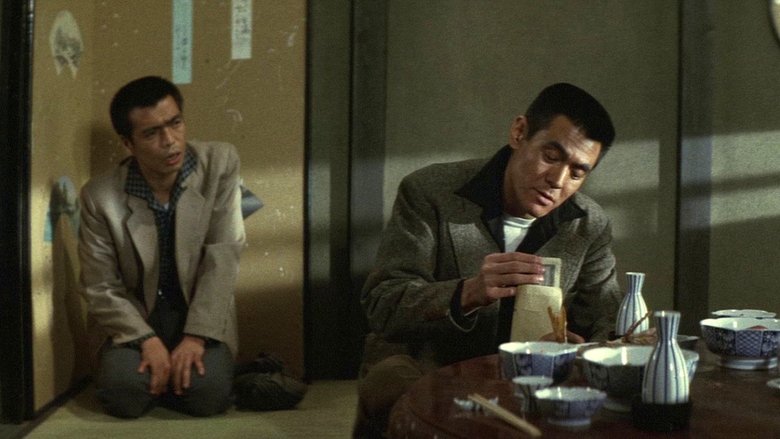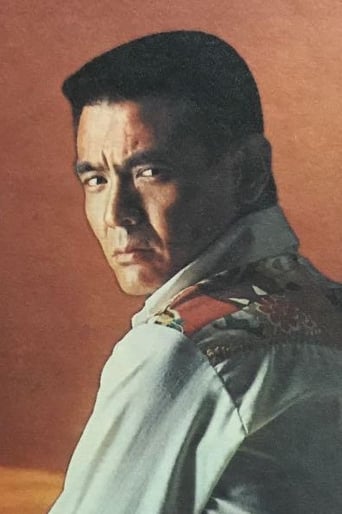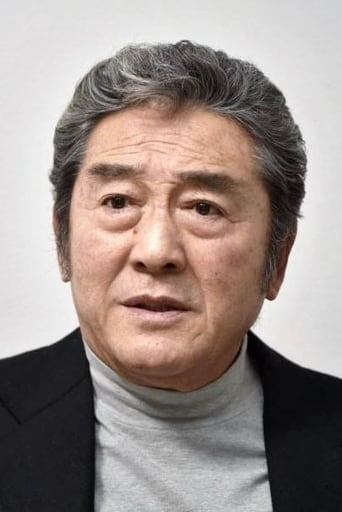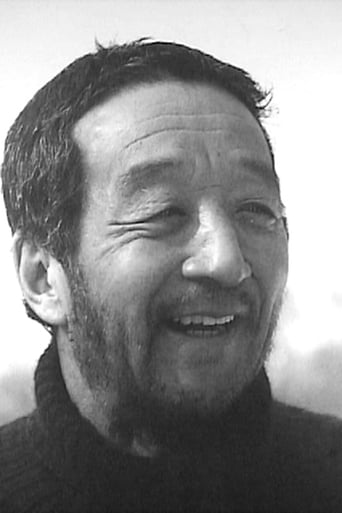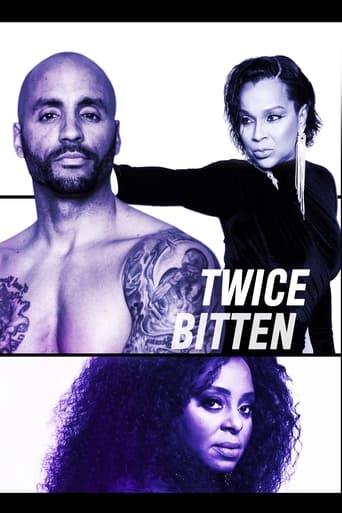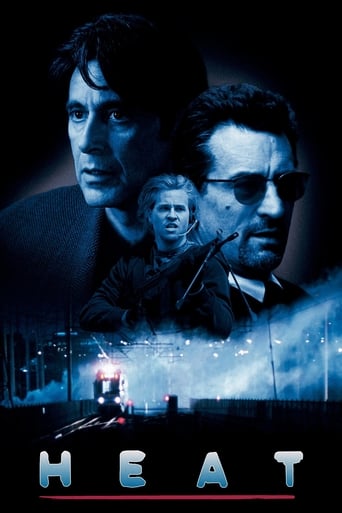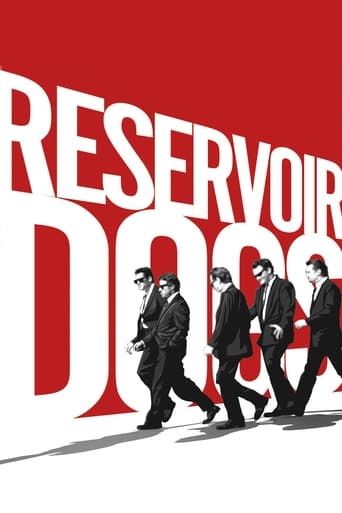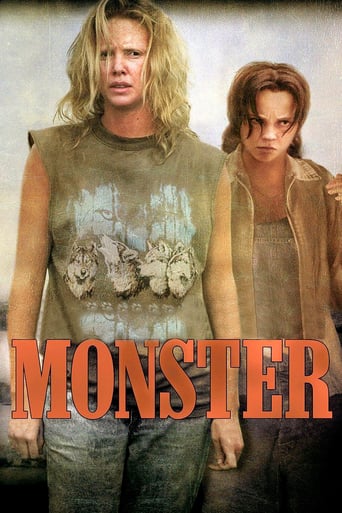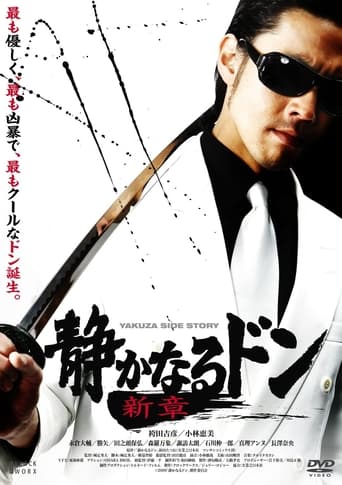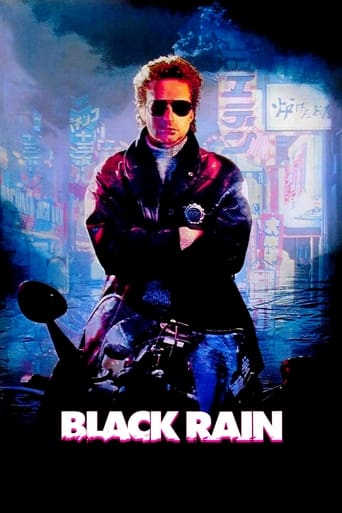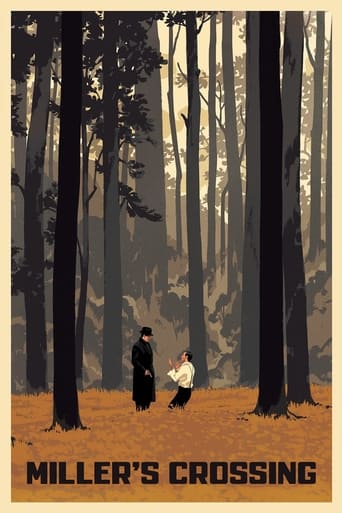Battles Without Honor and Humanity (1973)
In the teeming black markets of postwar Japan, Shozo Hirono and his buddies find themselves in a new war between factious and ambitious yakuza.
Watch Trailer
Cast


Similar titles
Reviews
Am I Missing Something?
A different way of telling a story
This is a tender, generous movie that likes its characters and presents them as real people, full of flaws and strengths.
Through painfully honest and emotional moments, the movie becomes irresistibly relatable
Oh, yeah, this is one brilliant, edgy, dark piece of film-making! It moves at the speed of light starting with the American Occupation of the devastated city of Hiroshima after WWII up to the early 1970's.It has great actors playing complex characters, and cinematography and editing way ahead of its time.Turn off your phone and don't look away for even a second, or you'll miss something critical. There are many characters and lots of information to absorb.I've read that the script was based on the life of a real Yakuza, but whether it's fact or fiction, it's a hell of a ride.And though it's a serious film, sometimes it's also hilarious-- intentionally so.Warning--not for the squeamish. Unlike the Tarentino films this has been compared to, the violence here is NOT cartoonish or funny. It's brutal, bloody, and serious. (as it should be, in my opinion)
Director: Fukasaku Kinji Duration: 99 MinutesOpening with an image of the atomic bomb reducing Hiroshima to ashes, Fukasaku Kinji's Battles without Honor and Humanity begins a series of five movies depicting the chaotic life of Hirono Shozo a former soldier who is trying to survive in the chaotic world of the black markets in postwar Japan. A pretty even-tempered man, the viewer first witnesses Hirono lash out in violence when a group of American GIs try to rape a woman. Amidst the chaos of the black market with its prostitutes, underground rice kitchens, and violent bars, one of Hirono's friend's head is slashed by a yakuza. A rival yakuza was going to deal with the man, but in his stead Hoshino seeks revenge for his friend. Faced with a drunken, sword wielding yakuza Hirono empties his pistol into the man, and receives a twelve year sentence. However, while in prison, he meets another yakuza named Wakasugi who plans to slice open his stomach in order to get out of jail on bail. Promising to raise Hirono's bail money if he helps him in his plot, Wakasugi introduces Hirono into the world of the yakuza and the two men become blood brothers.A short time afterward, Hirono is released from prison and meets the head of the Doi family, the clan of the yakuza he went to jail for, and Yamamori the man who will soon be his gang boss. After Yamamori establishes his own gang, Hirono and several other toughs pledge their allegiance to him. However, almost from the beginning there is internal fighting in the ranks. How can a man as straight laced an honorable as Hirono work for a man like Yamamori who continuously plays his men against each other? During the late 1950s and the early 1960s a style of film called ninkyou eiga, or chivalry films became popular in Japan. For the most part these films portrayed yakuza as chivalrous beings who protected and preserved time honored traditions in Japan and expelled Western influences. Quite often in these films Westerners, Japanese heavily influenced by the West, and individuals of mixed blood were portrayed as villains while the sword wielding yakuza represented the purity of the Japanese spirit. It is not surprising that real yakuza were highly attracted to these films. However, Fukasaku Kinji viewed this portrayal of the yakuza as false and the ninkyou eiga films' portrayal of the yakuza, i.e. Japanese spirit, as being quite close to the wartime mentality. When Hirono draws his pistol and kills the sword-wielding yakuza it is a statement that the world of the yakuza is built on chaos and corruption not pure spirit. A highly recommended film and series for those who enjoy yakuza films and an important series for those who are interested in the evolution of the yakuza film.
*spoilers* this movie and its 4 sequels are about yakuzas(Japanese mob)in Hiroshima after WWII and beyond. the film begins with the main character Shozo Hirono being pulled into a yakuza battle and being sent to jail. when he gets out, a crime boss enlists him as an under boss. The traditional yakuza structure involves complete devotion to your direct superior,and also your superior respecting you, something that everyone except shozo seems to try to disregard. shozo stays loyal to his treacherous and undeserving boss much longer than most others did, but leaves at the end of the film when most of the other under bosses who he had known for years were dead. this movie is extremely violent and seems to portray yakuza life very honestly. the complex web of characters is hard to follow, but scenes usually depict something important to the story of the crime family overall, and there is a still shot with a caption whenever someone important dies.
Although based on a true story, this film owes a lot to The Godfather, which was released a couple of years before. However, there are quite a few differences. For a start, there are many more main characters. At least twenty. And they are introduced at such a rate as to make it impossible to follow the lot. No less than ten characters are introduced (each with a name and description subtitle) in the first two minutes. The key word for this film is - chaotic. The opening scene is of Japan just after the end of WWII. The camera uses the now-familiar form of WobblyScope, tumbling all over the place as it chases the young thugs who chase misbehaving GIs and then run away. The progression is highly episodic from there. Although Shozo is the lead character and narrator, much screen time is spent on at least a dozen others. Really, if you are non-Japanese, like me, you'd need a map of all the characters and their changing relationships to have any hope of following the story. However, this is not a big problem because, mainly, it is one of the aspects which the filmmaker is trying to convey. That the people who were drawn into these gangs often had nothing much else to do, and were not particularly men of honour. The Japanese title refers to the total breakdown of the old code, where honour was everything. The only character who acts with anything like honour here is Shozo, who looks continuously stunned as powerplays and double-deals swirl around him. This film is a terrific antidote to the "honourable gangster" films. Well-worth watching. Also, it produced at least 4 sequels, all starring Bunta.


